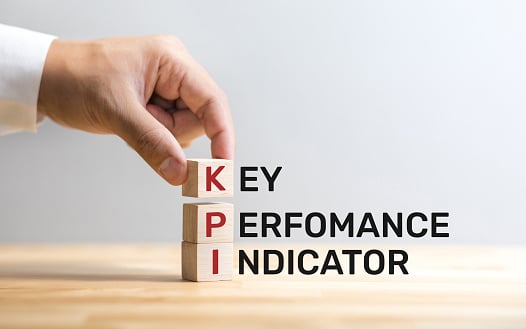Growing Your Marketing Attribution Strategy: The Need to Start Small
Learn how Regions Bank Perfected their customer journey
Proper attribution is central to your larger marketing strategy. Without it, you’d be hard-pressed to determine how your various marketing efforts cumulate into specific, revenue-driving actions.
Many marketers know this – but unfortunately, most marketers are relegated to work with an outdated or piecemeal marketing attribution strategy that only captures part of the story. For example, consider that only 9 percent of marketers claim their overall approach to attribution is “excellent,” and only 20 percent can even claim their approach is “good.”
With this in mind, it’s only natural to think about where your attribution gaps are, then begin accounting for all of your data as quickly as possible. After all, time is money.
But in reality, slow and steady wins the race – and there’s plenty of merit to starting with a limited attribution strategy. Let’s explore why in greater detail.
Why Start Small?
If you’ve decided to revamp your approach to omnichannel attribution (or start one from scratch), it’s crucial to understand that you can’t boil the ocean.
Let’s illustrate why with an example. Let’s say you use multi-touch attribution today, and that’s given you a clear view of customer engagement across most of your digital channels. You can simply log into your business’s Twitter, Facebook, or Google account, and use the built-in analytics to see exactly how your campaigns are performing. However, your visibility into advertising channels like TV, direct mail, and outdoor advertising leaves a lot to be desired.
Your problem is clear: You have plenty of insight regarding digital channels, but your traditional channels constantly leave you guessing. Ideally, you’d like to understand the impact of your offline advertising as much as your online advertising.
However, the level of data availability between digital and traditional advertising will never be equal. This means marketers will need to rely on advanced marketing analytics solutions that employ artificial intelligence and predictive analytics to make the most of limited data by continuously building on historical insights.
And – to be completely transparent – the vast majority of marketing attribution providers charge based on how much data you upload and how much labor is involved. Starting with smaller, simpler sets of data helps you ramp up spending in a realistic way, ensuring that you’re getting the best quality insights for the best price.
For our team at Marketing Evolution, we know that going too fast and widening your scope too drastically increases the probability of an untrustworthy analysis. It’s not wise to risk failure to get a slightly faster time-to-result. It’s better to start your journey off the right way.
Where to Start on Your Attribution Journey
You should begin your quest for better attribution with data that is easy to understand, easy to manage, and easy to acquire. This will ensure that you can feed your marketing analytics solution high volumes of reliable data without creating a logistical nightmare.
It may seem counterintuitive, but this means starting with what you already know. Often, this is data from digital channels. However, some marketers will have a relationship with a TV network or media buying agency that gives them access to granular data from unusual channels. As long as you have plenty of high-quality data for a given channel, it will be a valid starting point.
By feeding this data into a marketing attribution solution, you’ll get quality insights quickly. With a solution like Marketing Evolution, it would only take a couple of weeks to receive a detailed, actionable analysis about channel performance, along with clear opportunities to increase your marketing impact. During this time, your team will have an opportunity to clean and organize even more data from traditional channels and prepare it for upload.
While the solution is processing data from digital sources, it will scour for unique trends in how customers engage with your business online. Over the course of a few weeks, it will become increasingly confident in these trends. Once that time passes, you can begin to integrate data from traditional channels into the solution and the solution will use previously established trends to add additional context to the data.
This allows you to synthesize the strengths of data from both traditional and digital channels, resulting in highly detailed insights about all of your media buys.
Final Thoughts: Growing Your Strategy
Think of marketing attribution like planning a drive across the country. First, employing the right technology is an almost non-negotiable aspect of marketing attribution. You can drive around the country with a map, but you’d get there much faster with your phone’s GPS.
Then, remember that your GPS is liable to change its route as you feed it more information. Your most basic digital data forms the initial recommended route on your GPS – but as you advance on your journey and add more information, you’ll learn about any shortcuts or delays on your route.
In the same vein, your marketing attribution solution needs to be given a few certainties and have the ability to learn from new datasets. For example, Marketing Evolution may look at your social media spending and conclude that your campaign spend is already optimized. But when it ingests your TV data, it may use that new information to recommend that you to pivot some of your social media spend to TV advertising.
As a marketing operations solution with advanced marketing attribution, Marketing Evolution is ready to help you understand the impact of your marketing. However, we understand there’s a sizable commitment behind a solution that’s as comprehensive as Marketing Evolution.
If you’re a bit hesitant, don’t worry. To show the value of starting small and scaling up, we offer creative financing options that will allow you to start with a small budget. Interested in learning more? Schedule a demo with us today.
















.jpg)




